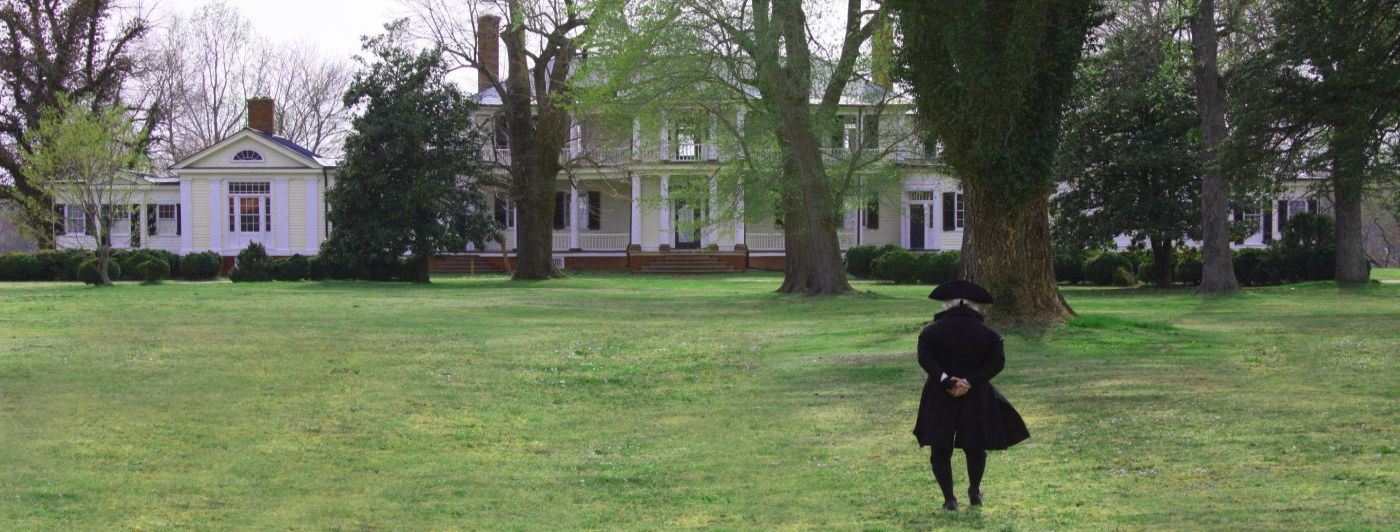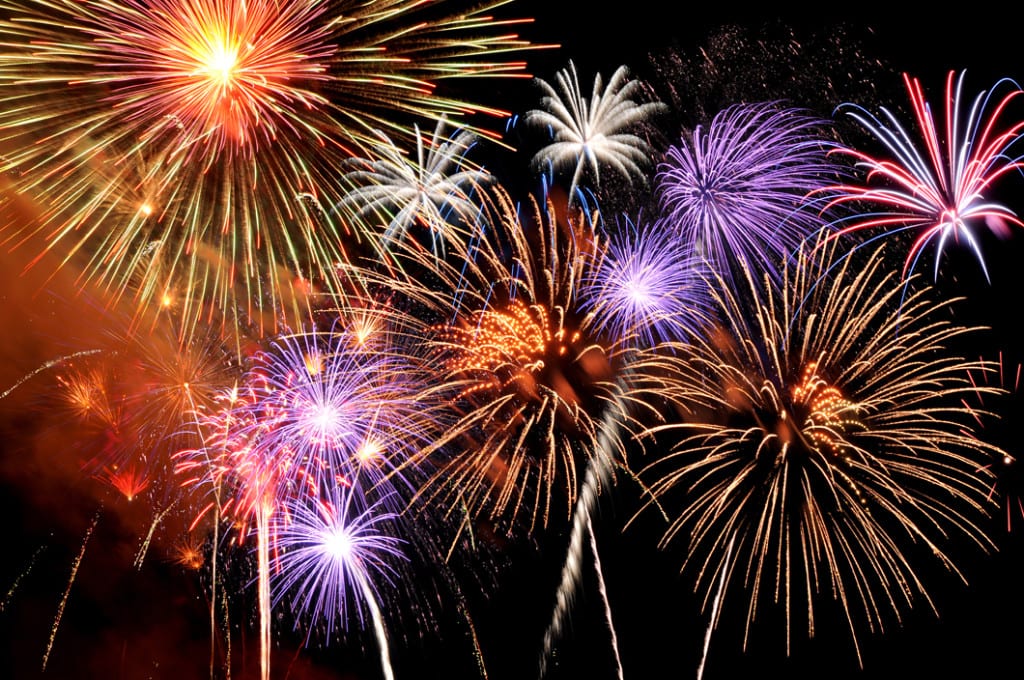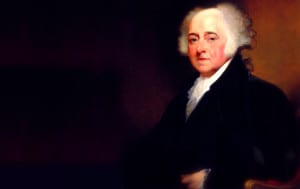Happy July 2nd!
After seeing a Facebook status from the History Channel saying
“John Adams believed that Independence Day should be July 2nd and refused to attend July 4th events in protest”
I became curious. I mean I have never heard about this. And knowing how much I love history, I had to find out.
I came across this article from the National Constitution Center. So let me share enlighten you.
When is the real Independence Day: July 2 or July 4?
by Scott Bomboy
There’s no doubt the Founding Fathers signed the Declaration of Independence in July 1776. But which date has the legitimate claim on Independence Day: July 2 or July 4?
If John Adams were alive today, he would tell you July 2nd. Other Founders would say July 4th, the day that is currently recognized as a federal holiday by our national government. And still other Founders would say, “what Independence Day?” since the holiday wasn’t widely celebrated until many of the Founders had passed away.
Here is the evidence, so you can decide which Independence Day is really Independence Day!
Officially, the Continental Congress declared its freedom from Britain on July 2, 1776, when it approved a resolution and delegates from New York were given permission to make it a unanimous vote.
John Adams thought July 2 would be marked as a national holiday for generations to come.
“The most memorable Epocha, in the History of America. I am apt to believe that it will be celebrated, by succeeding Generations, as the great anniversary Festival… It ought to be solemnized with Pomp and Parade with shews, Games, Sports, Guns, Bells, Bonfires and Illuminations from one End of this continent to the other from this Time forward forever more,” Adams said about what he envisioned as a July 2nd national holiday.
After voting on independence on July 2, the Continental Congress needed to draft a document explaining the move to the public. It had been proposed in draft form by the Committee of Five (John Adams, Roger Sherman, Robert Livingston, Benjamin Franklin and Thomas Jefferson) and it took two days for the Congress to agree on the edits.
Once the Congress approved the actual Declaration on Independence document on July 4, it ordered that it be sent to a printer named John Dunlap. About 200 copies of the Dunlap Broadside were printed, with John Hancock’s name printed at the bottom. Today, 26 copies remain.
That is why the Declaration has the words, “IN CONGRESS, July 4, 1776,” at its top, because that is the day the approved last version was signed in Philadelphia.
On July 8, 1776, Colonel John Nixon of Philadelphia read a printed Declaration of Independence to the public for the first time on what is now called Independence Square.
(Most of the members of the Continental Congress signed a version of the Declaration on August 2, 1776 in Philadelphia. The names of the signers were released publicly in early 1777. So that famous painting showing the signing of the Declaration on July 4, 1776 is a bit of an exaggeration.)
The late historian Pauline Maier said in her 1997 book about the Declaration that no member of Congress recalled in early July 1777 that it was almost a year since they declared their freedom from the British. They finally remembered the event on July 3, 1777, and July 4th became the day that seemed to make sense for celebrating independence.
Maier also said that the Declaration (and celebrating its signing) was stuck in an early feud between the Federalists (of John Adams) and the Republicans (of Thomas Jefferson). The Declaration and its anniversary day weren’t widely celebrated until the Federalists faded away from the political scene after 1812.
In 1870, Independence Day was made an unpaid holiday for federal employees. In 1941, Congress made it a paid holiday for them.
In the last letter he ever wrote, Thomas Jefferson spoke in 1826 of the importance of the day. “For ourselves, let the annual return of this day forever refresh our recollections of these rights, and an undiminished devotion to them,” he said.
Two days later, Jefferson and Adams both passed away on the Fourth of July.
Scott Bomboy is the editor in chief of the National Constitution Center.
http://blog.constitutioncenter.org/2014/07/when-is-the-real-independence-day-july-2-or-july-4/








